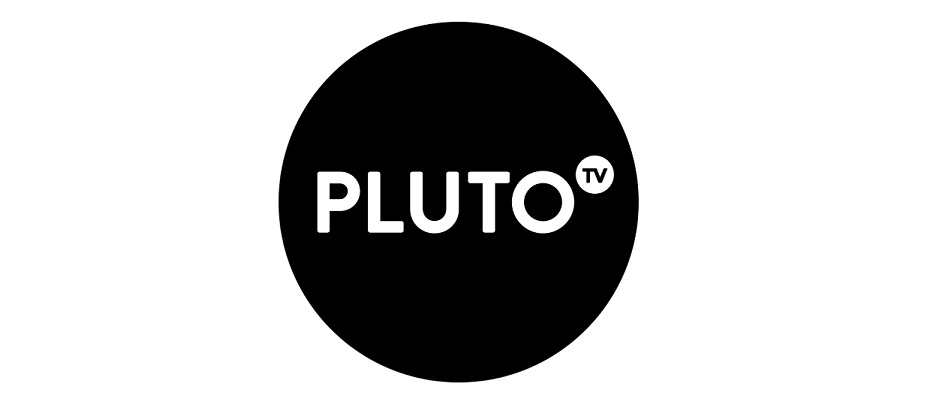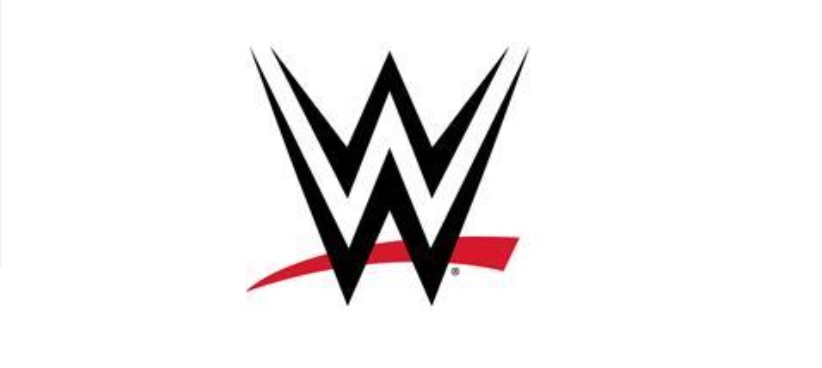How will people watch TV in 10 years? Most, likely a number of ways. Industry observers have seen the growth of interest in OTA distribution growing as people either cut cable or simply never get it in the first place in new households. There are still millions of people with pay TV packages, in fact the vast majority of TV viewers use a pay TV service despite the constant drone of cord cutting enthusiasts. And of course people also stream TV. In some cases this is a primary source of entertainment and in others it’s a supplement to their regular pay TV viewing. In the case of on demand through a pay service it’s both.
How people watch TV in 10 years will also be affected by the broadcast standards. We are still a ways from ATSC 3.0. That changeover is expected to really transform the way that people access and interact with TV programming in general. But it appears that some companies are gearing up for a new future that looks a lot like the days before cable. Free Ad supported TV. The difference is that in some cases the delivery system will not be broadcast signals. At least not as we know them.
Viacom’s recent announcement that it was going to purchase Pluto TV is a sign that MVPD’s or companies that own multiple media properties see the change coming on the horizon when it comes to TV viewing and demand. The company has had some ups and downs lately as it has seen its channel lineups dropped from some prominent places. PlayStation Vue nixed Viacom’s lineup from its service. Viacom has also not found its way into the lineup offered by Hulu’s Live TV service or YouTube’s live TV service, though its channel can be found on competing services like Sling TV and DirecTV Now.
In this climate the idea that Viacom would look to purchase Pluto TV should be a thunderbolt to the TV industry. Though it probably is not. While most see it as a headline to be forgotten we see it for what it is. Viacom just made a decision that will allow it to move independently through the sea of streaming options and build its brand within a platform with over 12 million viewers. If you have never heard of Pluto TV you might wish you already had. The service is offered through an app that works almost like a digital cable interface. But it does so by leveraging distribution deals with multiple content libraries. It uses the content libraries to build thematic channels. In other cases it just streams live TV that can be found in other places but does so in a way that puts lots of options together in one place. The service also has a rather expansive free movie and on-demand TV show library. See a demo here. By purchasing Pluto TV Viacom now has a way to offer as much content as it wants in an ad-supported environment that could be a model for other media companies going forward.
The move may not pay big dividends overnight. In fact the current numbers show that over 80 percent of Americans pay for TV through Cable and satiate while somewhere around 9 million are customers with the half-dozen cable substitute streaming services. But there is a drip drip happening that is becoming impossible to ignore. There was a time when over 90 percent of the country had a pay TV subscription. And this was less than 10 years ago.
What may be happening is that there is going to be more and more of a shift from paying for large TV bundles. The recent story on AT&T’s DirecTV Now indicates that customers may not even want discounted large bundles. Customers want to watch TV. But there are only specific things they want to pay for. A couple of shows here and there. There is really no such thing as a big bundle that satisfies everything most customers are looking for and does it for the right price. So having a selection of interesting content for free and integrating programming from popular shows into an ad-supported system may prove to be a very appealing option for people who just want to pass the time.
There is a very important feature of Pluto TV that is often missed. Pluto TV has the capability to integrate local channels. On TV’s powered by Roku’s OS Pluto TV automatically integrates with TV Tuners with an antenna and adds local TV channels to its mix of options. Over time as the ATSC 3.0 standard kicks in reception should take a big leap. If users are able to receive a consistent antenna connection for locals and they can then access movies, 24 hour news and lots of other interesting programming at no cost with a program guide it could be very appealing. And when the numbers of people with cable begin to drop to 75 percent, 65 percent and so on, there will be more and more of a need for fun options to get to TV content. If the trend away from multiple subscription services continues whoever can offer free solutions is going to be in a very strong position.
In the end the major distributors will have only themselves to blame if Viacom is still standing while others fall.






